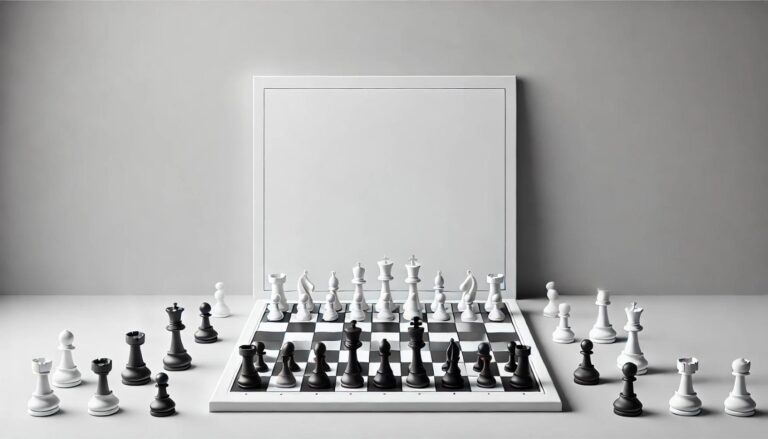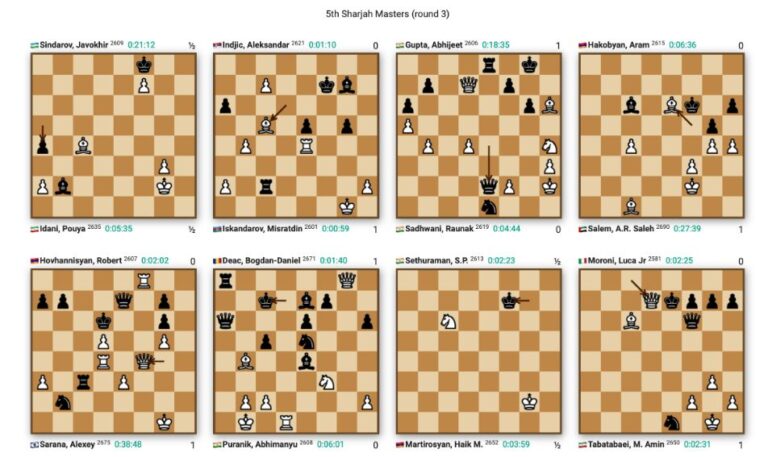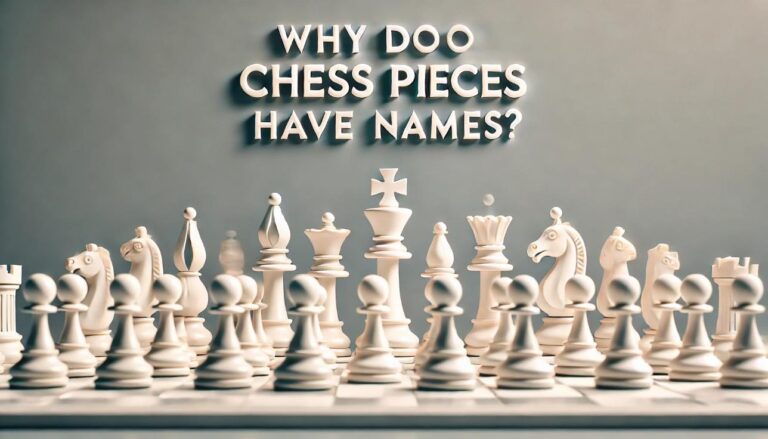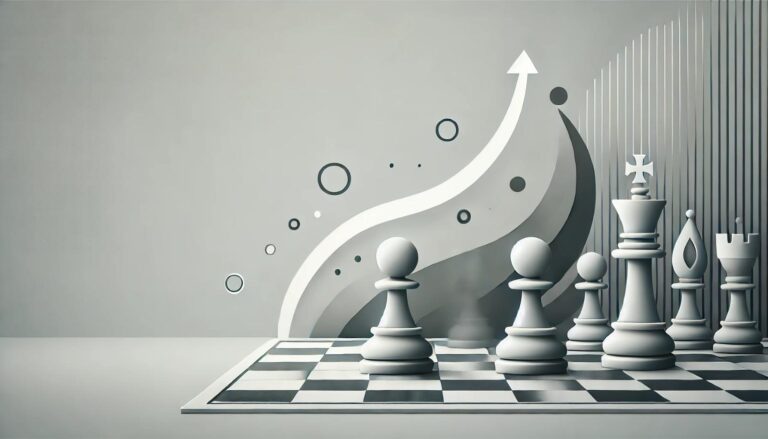The Importance of Mastering Chess Sacrifices
A sacrifice in chess is a move in which a player gives up a valuable piece in order to gain some other advantage. Sacrifices can be risky, but they can also be extremely powerful and effective when used correctly. Mastering the art of chess sacrifices requires a deep understanding of the game and skillful calculation. In this section, we will explore the importance of mastering chess sacrifices, including key techniques and strategies that can help players improve their sacrificial play.
The Psychology of Sacrifices
Chess is often described as a mental battle between two opponents, and the psychology behind sacrifices is a crucial element of this battle. For a sacrifice to be effective, a player must be able to accurately assess the potential risk and reward of the sacrifice, as well as anticipate their opponent´s reactions. This requires a strong understanding of the value of each piece and the ability to accurately calculate different variations and outcomes.
Psychology also plays a role in how a player responds to a sacrifice. A well-executed sacrifice can often catch an opponent off guard, leading them to make mistakes or panic. By understanding the psychology behind chess sacrifices, players can use them as a powerful tool to gain an advantage in the game.
Calculating Sacrifices
The ability to accurately calculate and evaluate sacrifices is crucial for any chess player looking to master this aspect of the game. To calculate a sacrifice, a player must consider many factors, including the value of the sacrificed piece, the potential outcomes of the sacrifice, and the resources available to both players. It also involves weighing the potential benefits against the risks involved in making the sacrifice.
This calculation process can be complex and challenging, but it is essential for any player looking to master chess sacrifices. Beginners may struggle with this skill, but with consistent practice and game analysis, it can be improved over time. Experienced players often develop a sense for when a sacrifice might be effective, making the calculation process quicker and more intuitive.
Types of Sacrifices
There are various types of sacrifices in chess, and each has its own purpose and potential benefits. Here are some of the most common types of sacrifices used in chess:
- Pawn Sacrifice: sacrificing a pawn can often lead to a positional advantage by opening up lines of attack or creating space for other pieces.
- Piece Sacrifice: giving up a more valuable piece, such as a knight or bishop, to capture an enemy piece can often lead to material gain or positional advantage.
- Exchange Sacrifice: trading a more valuable piece for a less valuable one can be beneficial to control key squares or weaken the opponent´s pawn structure.
- Sacrifice for Initiative: giving up material to gain initiative and put pressure on the opponent can often lead to a winning attack or strategic advantage.
Strategies for Mastering Chess Sacrifices
Here are some key strategies that can help players improve their sacrificial play:
- Study classic games: studying games of master players can provide insights into the thought process behind successful sacrifices.
- Practice tactical puzzles: solving tactical puzzles can improve a player´s calculation abilities and help them identify potential sacrifices in their own games.
- Learn endgame tactics: understanding the value of different pieces and how they work together in the endgame can help a player identify when a sacrifice might be beneficial.
- Use analysis tools: chess engines and analysis tools can help players evaluate different sacrifices and variations, providing valuable feedback for improvement.
In conclusion, mastering chess sacrifices is a crucial skill for any player looking to improve their game. It requires a deep understanding of the game, accurate calculation, and the ability to assess risks and rewards. With consistent practice and study, players can become more confident in their sacrificial play and use it effectively to gain an advantage over their opponents.




